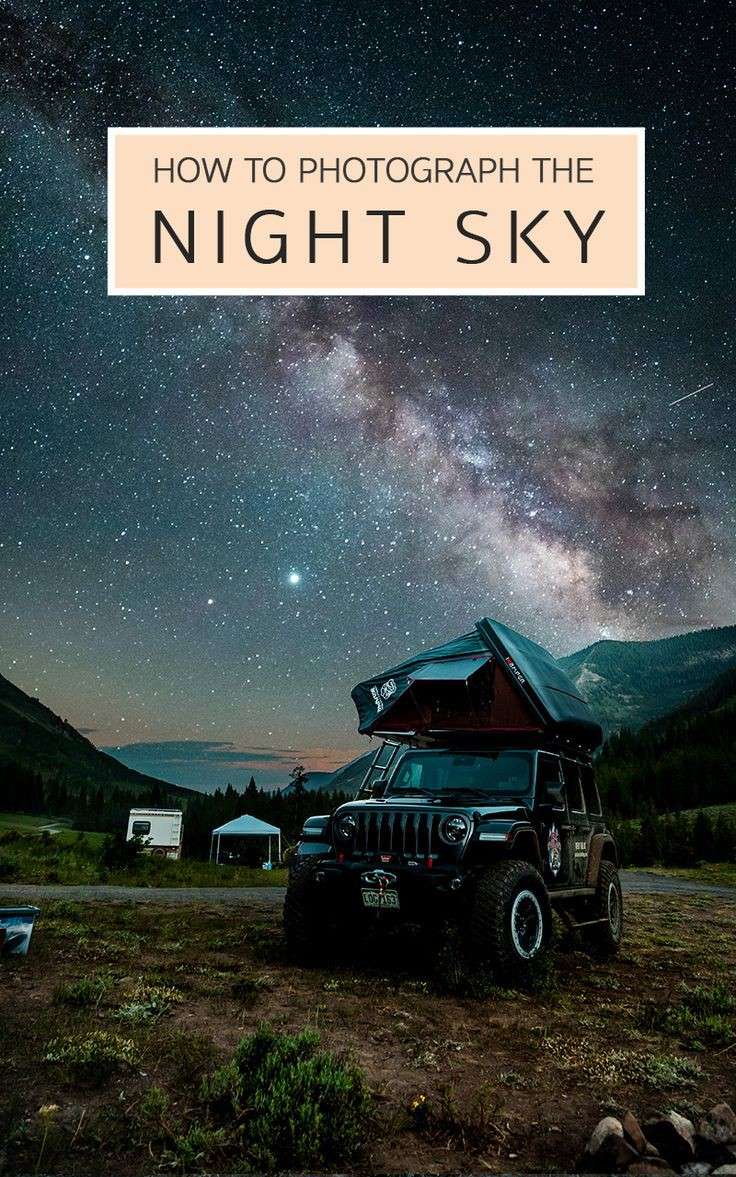Mastering Night Sky Photography: Tips and Techniques for Stunning Astrophotography
Photographing the night sky can be a magical and rewarding experience, allowing you to capture the beauty of stars, planets, and the Milky Way. Whether you’re a beginner or an experienced photographer, these essential tips and techniques will help you create stunning images of the night sky.
### Equipment You'll Need:
1. **Camera**: A DSLR or mirrorless camera with manual settings.
2. **Lens**: A wide-angle lens with a large aperture (f/2.8 or lower).
3. **Tripod**: A sturdy tripod to keep your camera steady during long exposures.
4. **Remote Shutter Release**: To minimize camera shake when taking photos.
5. **Headlamp or Flashlight**: Preferably with a red light to preserve your night vision.
### Finding the Perfect Location:
1. **Dark Sky**: Find a location away from city lights and light pollution. Use apps like Dark Sky Finder to locate dark sky areas.
2. **Clear Skies**: Check the weather forecast to ensure clear skies.
3. **Timing**: The best time for night sky photography is during the new moon phase when the sky is darkest.
### Camera Settings:
1. **Mode**: Set your camera to manual mode.
2. **ISO**: Start with an ISO setting between 1600 and 3200.
3. **Aperture**: Use the widest aperture your lens allows (e.g., f/2.8).
4. **Shutter Speed**: Use the 500 Rule to determine your shutter speed. Divide 500 by the focal length of your lens. For example, with a 20mm lens, use a 25-second exposure (500 ÷ 20 = 25).
5. **Focus**: Set your lens to manual focus and focus on a distant bright star or light. Use live view and zoom in to achieve precise focus.
### Composition Tips:
1. **Foreground Interest**: Include interesting foreground elements like trees, mountains, or buildings to add depth to your photos.
2. **Rule of Thirds**: Use the rule of thirds to compose your shot, placing the horizon or Milky Way along the grid lines.
3. **Leading Lines**: Use natural lines like roads or rivers to lead the viewer’s eye into the frame.
### Taking the Shot:
1. **Stabilize**: Ensure your tripod is stable and secure.
2. **Shoot**: Use a remote shutter release or the camera’s timer to avoid camera shake.
3. **Review**: Check your first few shots for focus, exposure, and composition. Adjust settings as needed.
### Post-Processing:
1. **Software**: Use software like Adobe Lightroom or Photoshop for post-processing.
2. **Adjustments**: Enhance details, reduce noise, and adjust exposure, contrast, and colors to bring out the best in your night sky photos.
3. **Stacking**: For advanced photographers, stacking multiple images can reduce noise and increase detail.
### Conclusion:
With the right equipment, location, and settings, you can capture the breathtaking beauty of the night sky. Practice and experimentation are key to mastering night sky photography. Remember to be patient and enjoy the process of discovering the wonders of the universe through your lens.
### Hashtags:
#nightskyphotography #astrophotography #stargazing #milkyway #nightphotography #photographytips #celestialwonders #stargazing #photoguide #longexposure #nightscapes #astropics #photographylovers #outdoorphotography #skywatchers #naturephotography #capturethestars #photographycommunity #nightskylovers #darksky #stunningshots #creativephotography






